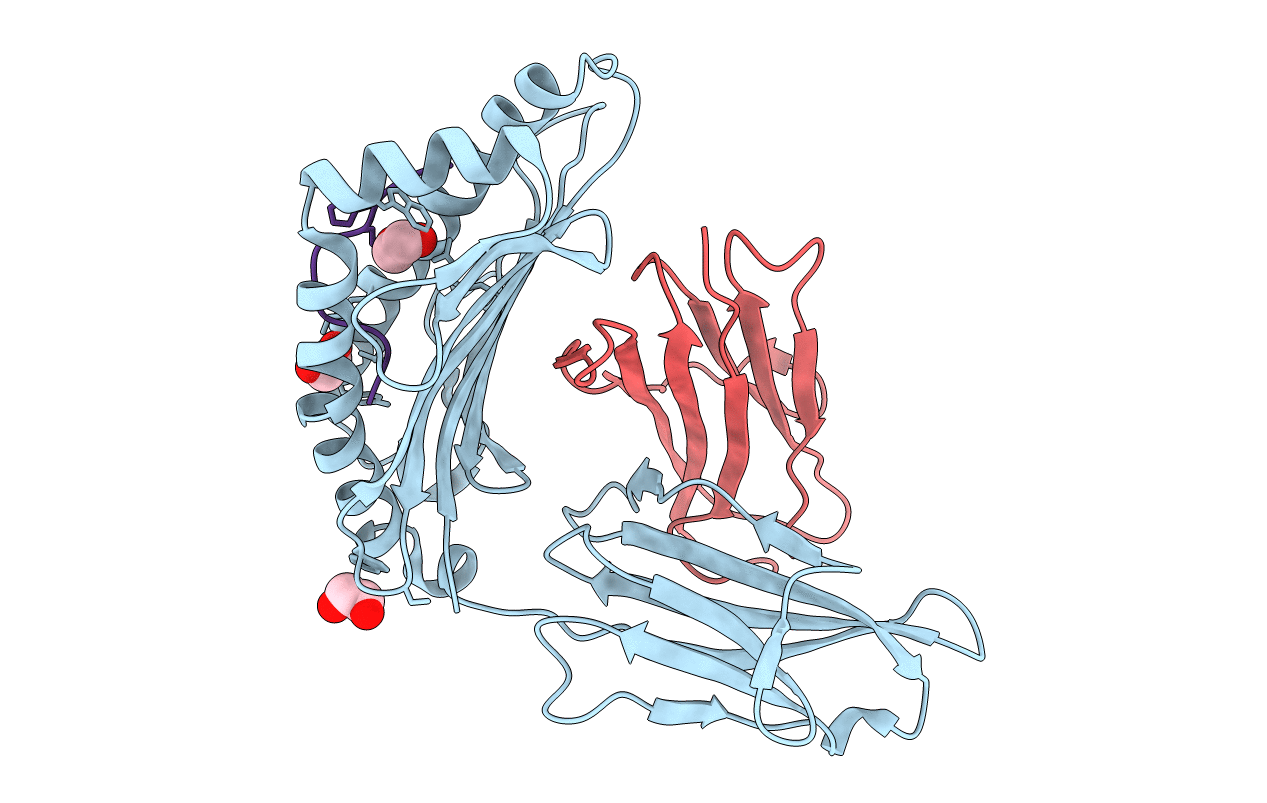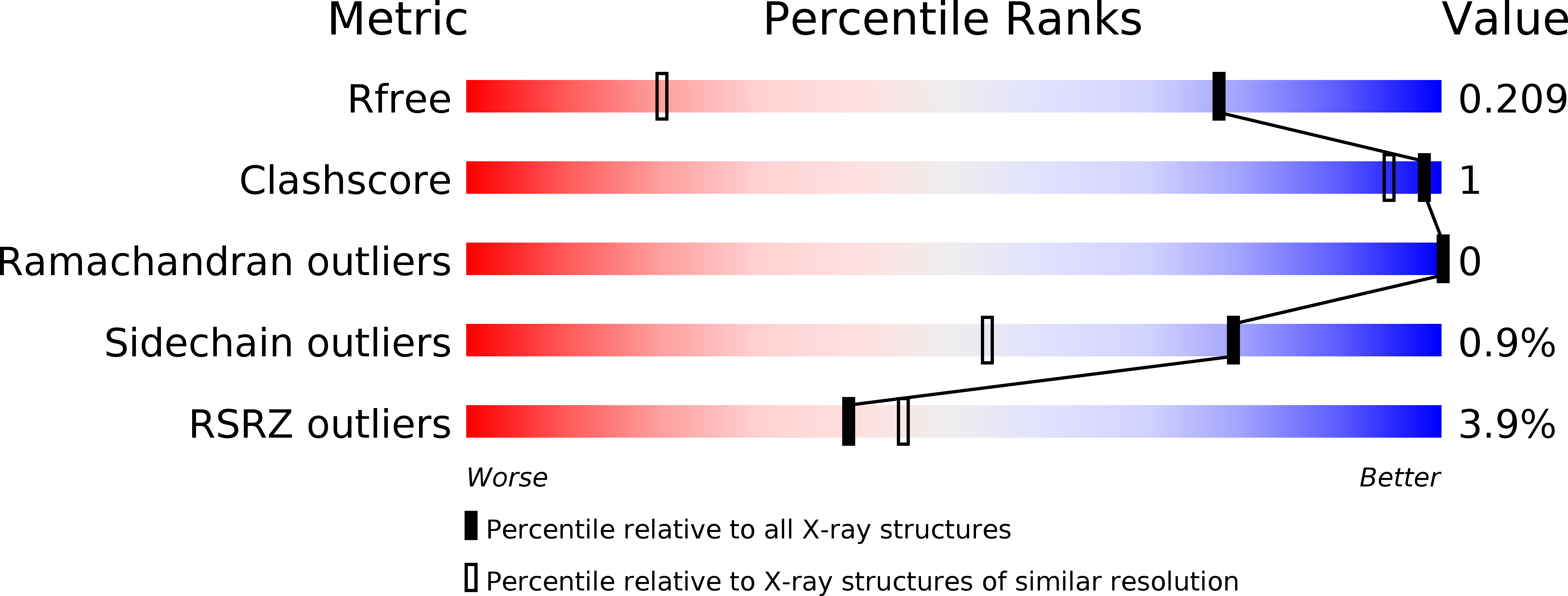
Deposition Date
2019-12-19
Release Date
2020-06-24
Last Version Date
2024-11-06
Method Details:
Experimental Method:
Resolution:
1.35 Å
R-Value Free:
0.20
R-Value Work:
0.16
R-Value Observed:
0.16
Space Group:
P 1 21 1


